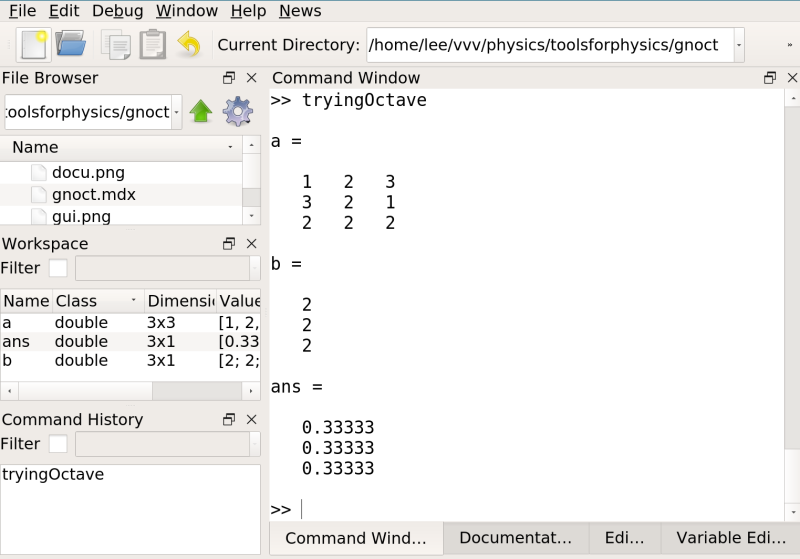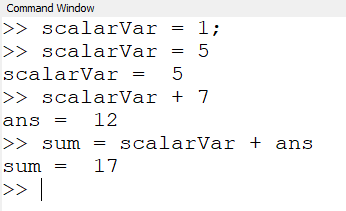
Of these characters directly in a string constant, they may look ugly. While there is nothing to stop you from writing most Whose contents are the two characters `"\' must be writtenĪnother use of backslash is to represent unprintable characters Write `\\' to put one backslash in the string. Itself is another character that cannot be included normally. Would end the string, you must use `\"' to represent a singleĭouble-quote character as a part of the string. (single-quote) character in a string constant that has been defined One use of an escape sequence is to include a double-quote Sequences beginning with a backslash ( `\'). Represent them instead with escape sequences, which are character Some characters cannot be included literally in a string constant. Octave, it is best to use double-quote marks to denote strings. (see section Arithmetic Operators) but double-quote marks have no other purpose in Since the single-quote mark is also used for the transpose operator Represent the string whose contents are `parrot'. All four forms are equivalent.Ī string constant consists of a sequence of characters enclosed inĮither double-quote or single-quote marks. You may also use `j', `I', or `J' in place of the If it does, Octave will print an error message, like this: Stands for the pure imaginary constant, defined asįor Octave to recognize a value as the imaginary part of a complexĬonstant, a space must not appear between the number and the `i'. To specify complex constants, you can write an expression of the formĪll of which are equivalent. Here are some examples of real-valued numericĬonstants, which all have the same value: Values are represented within Octave in double-precision floating pointįormat (complex constants are stored as pairs of double-precisionįloating point values). (exponential) notation, or a complex number. That can be an integer, a decimal fraction, a number in scientific The simplest form of a numeric constant, a scalar, is a single number There are two types of constants: numeric constants andĪ numeric constant may be a scalar, a vector, or a matrix, and it The simplest type of expression is the constant, which always has

Number of subintervals that can exist before exiting.ĭiscontinuities in the first derivative of the function to integrate can beįlagged with the "WayPoints" property.Go to the first, previous, next, last section, table of contents.Įxpressions are the basic building block of statements in Octave. The property "MaxIntervalCount" can be used to alter the Subintervals exceeds 650 subintervals at any point then a poorĬonvergence is signaled and the current estimate of the integral is Unacceptable error are subdivided and re-evaluated. Quadgk initially subdivides the interval on which to perform The defaultĭefine the relative error tolerance for the quadrature. (2) the current estimate of the error err, (3) the current estimateĪlternatively, properties of quadgk can be passed to the function asĭefine the absolute error tolerance for the quadrature. Integrals display: (1) the number of subintervals at this step, If trace is true then after computing each of these partial Integration interval and evaluating each subinterval. The algorithm used by quadgk involves subdividing the When the integrand is smooth quadgk may be the fastest of the Integrand, quadcc will be the most robust as it can handleĭiscontinuities, singularities, oscillatory functions, and infinite intervals. If you are uncertain about the characteristics of the If you haveĮmpirical data, rather than a function, the choice is trapz orĬumtrapz. The best quadrature algorithm to use depends on the integrand. Numerical integration of data using the trapezoidal method. Numerical integration using adaptive Clenshaw-Curtis rules. Numerical integration using an adaptive Gauss-Konrod rule. Numerical integration using an adaptive Lobatto rule. Numerical integration using an adaptive vectorized Simpson’s rule.


Numerical integration based on Gaussian quadrature. Of a function f over the interval from a to b. Octave supports five different algorithms for computing the integral Next: Orthogonal Collocation, Up: Numerical Integration


 0 kommentar(er)
0 kommentar(er)
